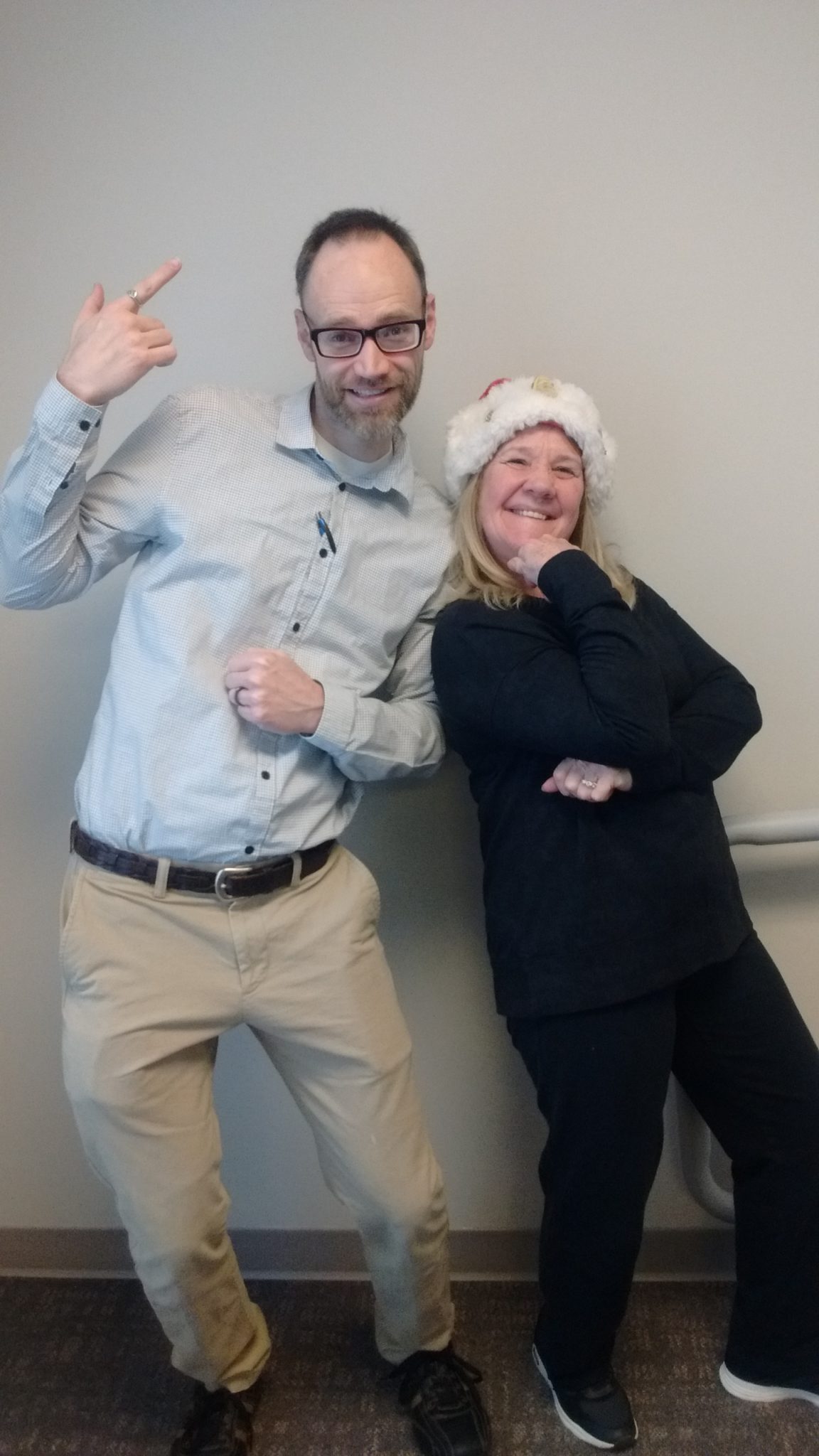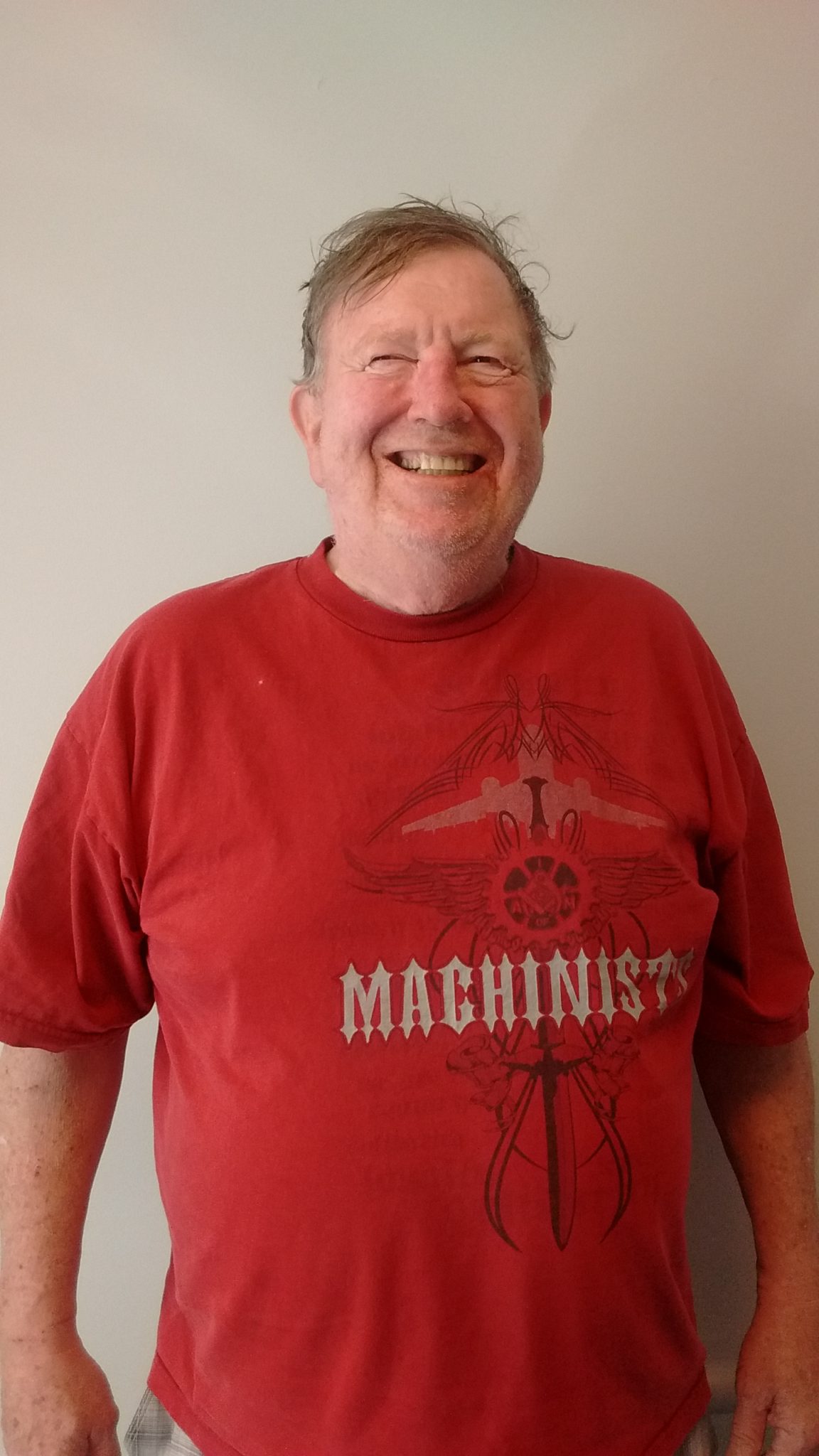Which muscles are being stretched?
These stretches will focus on your upper trapezius (upper traps), levator scapulae, and your deep cervical extensor muscles. The upper trap muscles are located on the back of your neck. This muscle attaches to the base of your skull, the back of your neck and to the upper portion of your scapula (shoulder blade). The levator muscle is also located on the back of your neck. One end of this muscle attaches to the side of your upper vertebrae in your neck and the other end attaches to your scapula. Your deep cervical extensors are made up of smaller muscles that span as little as two vertebrae in your neck to up to several vertebrae in your neck and back. Most of these muscles attach to the back of your skull at one end and to the vertebrae in your neck and/or back on the other end.
What do these muscles do?
Your upper trap muscle is the main muscle involved in shrugging your shoulders. It also assists with squeezing your shoulder blades together. Your levator muscle also assists with shrugging your shoulders and squeezing your shoulder blades together. Your cervical extensor muscles assist with tilting your head up and with rotating your head side to side.
Why is it important to do these stretches?
These stretches are important because they will help prevent and reduce neck pain, stiffness, and headaches. Sitting with poor posture with your head too far forward shortens these muscles, so when you bring your head back to a neutral position, it causes a lot of tension, stiffness and pain. This can lead to a condition known as upper cross syndrome, where your shoulders are rounded and your head is projected forward. This is due to the muscular imbalance between weak and overly-stretched muscles in your neck, upper back, and chest and may lead to tension headaches, stiffness, and pain, in your neck. We can’t always avoid the situations that cause these reactions however, it is important to stretch these muscles to help relieve these headaches, correct your posture, and decrease the pain and stiffness caused by the situations.
How is this stretch done?
Upper Trap/Levator Stretch “Yeses & Nos”
Sit with good posture; tall, shoulders down and back, and your head back so your ears are over your shoulders, and anchor your right shoulder by holding your chair with your right hand, putting your right arm behind your back, or sitting on your right hand. While looking forward and without rotating your head, bring your left ear down toward your left shoulder until you feel a slightly uncomfortable stretch on the right side of the back of your neck. From this position, move your head in a “yes” motion by looking up to the left then down to the right while your head remains tilted to the left side. After finishing your reps for your “yeses” return to the starting position with your head tilted toward your left shoulder, then rotate your head in a “no” motion so you look up toward the right then down toward the left while your head remains tilted to the left side. After completing the reps for both the yeses and the no’s, do the same motions on the other side.
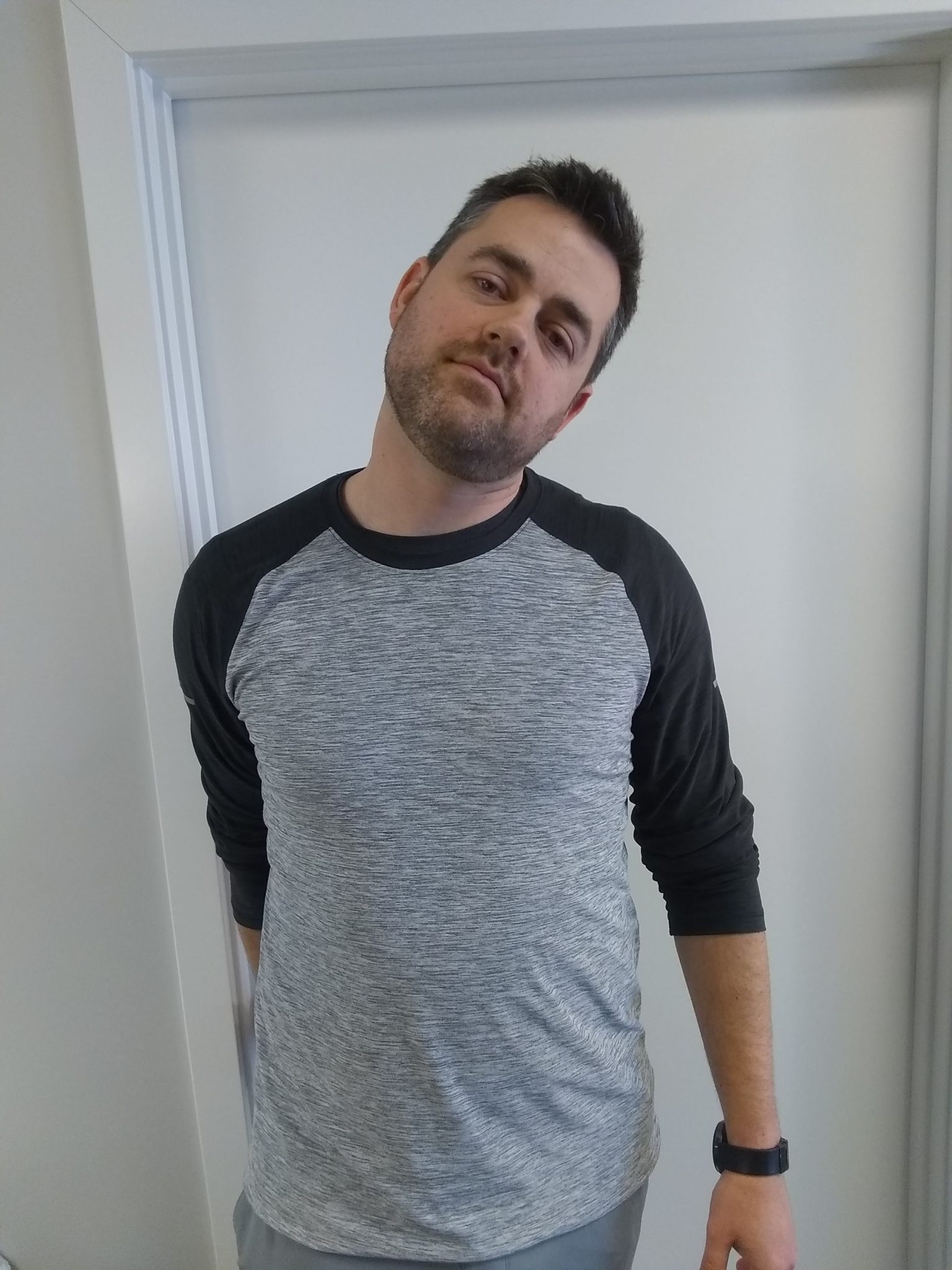
Yeses and Noes Stretch Starting Position
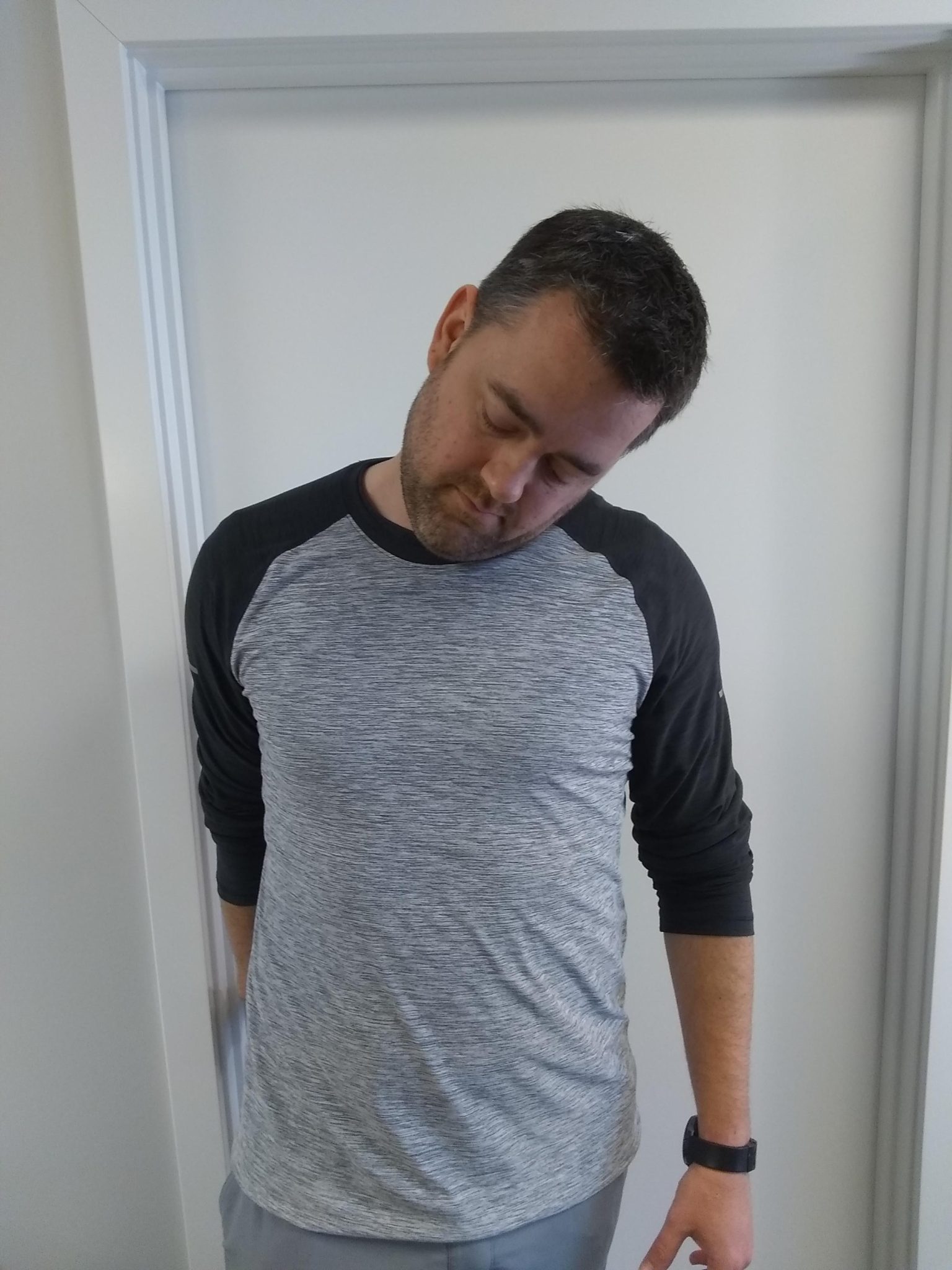
Yeses Stretch Down Position
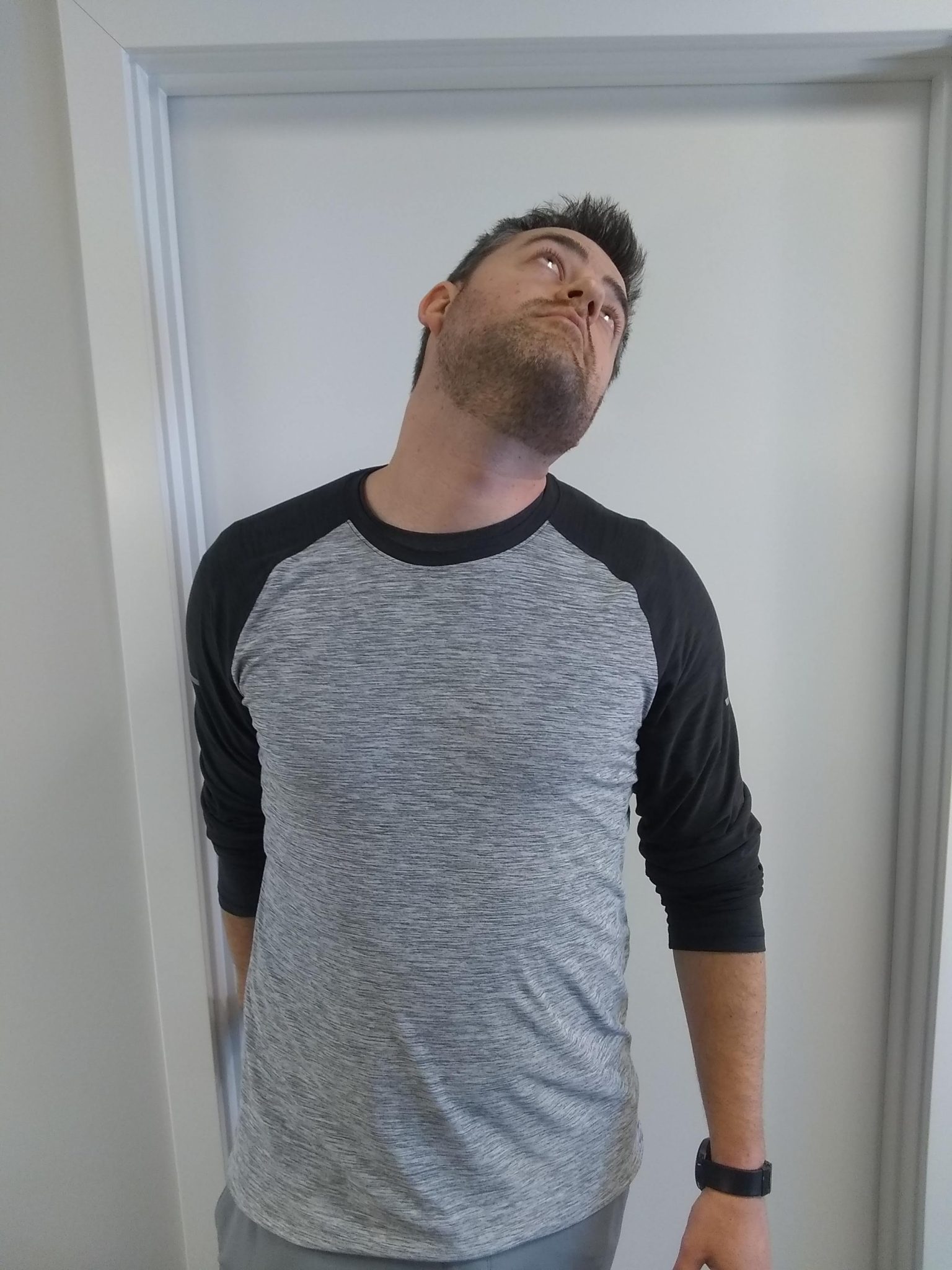
Yeses Stretch Up Position
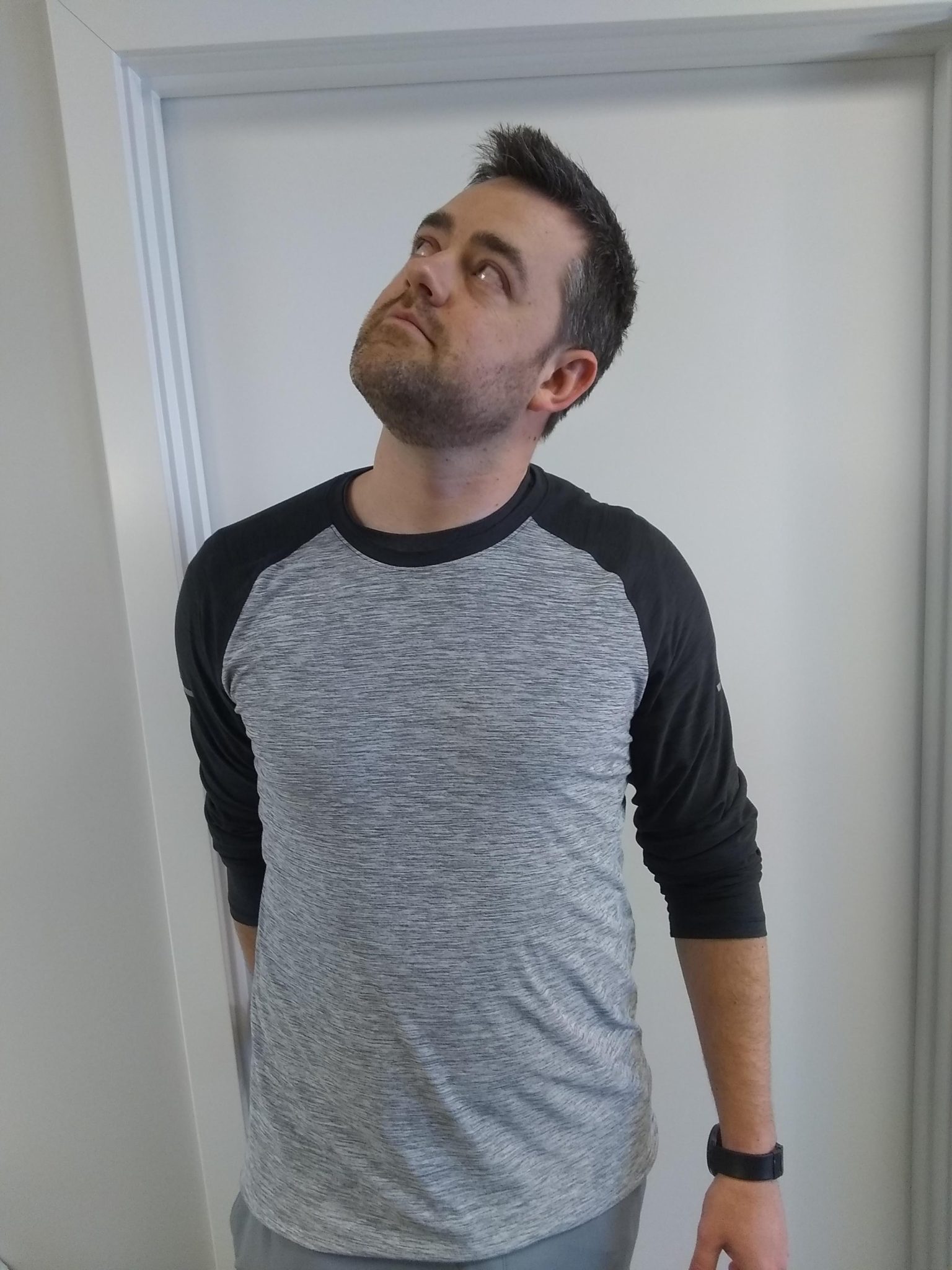
Noes Stretch Up Position
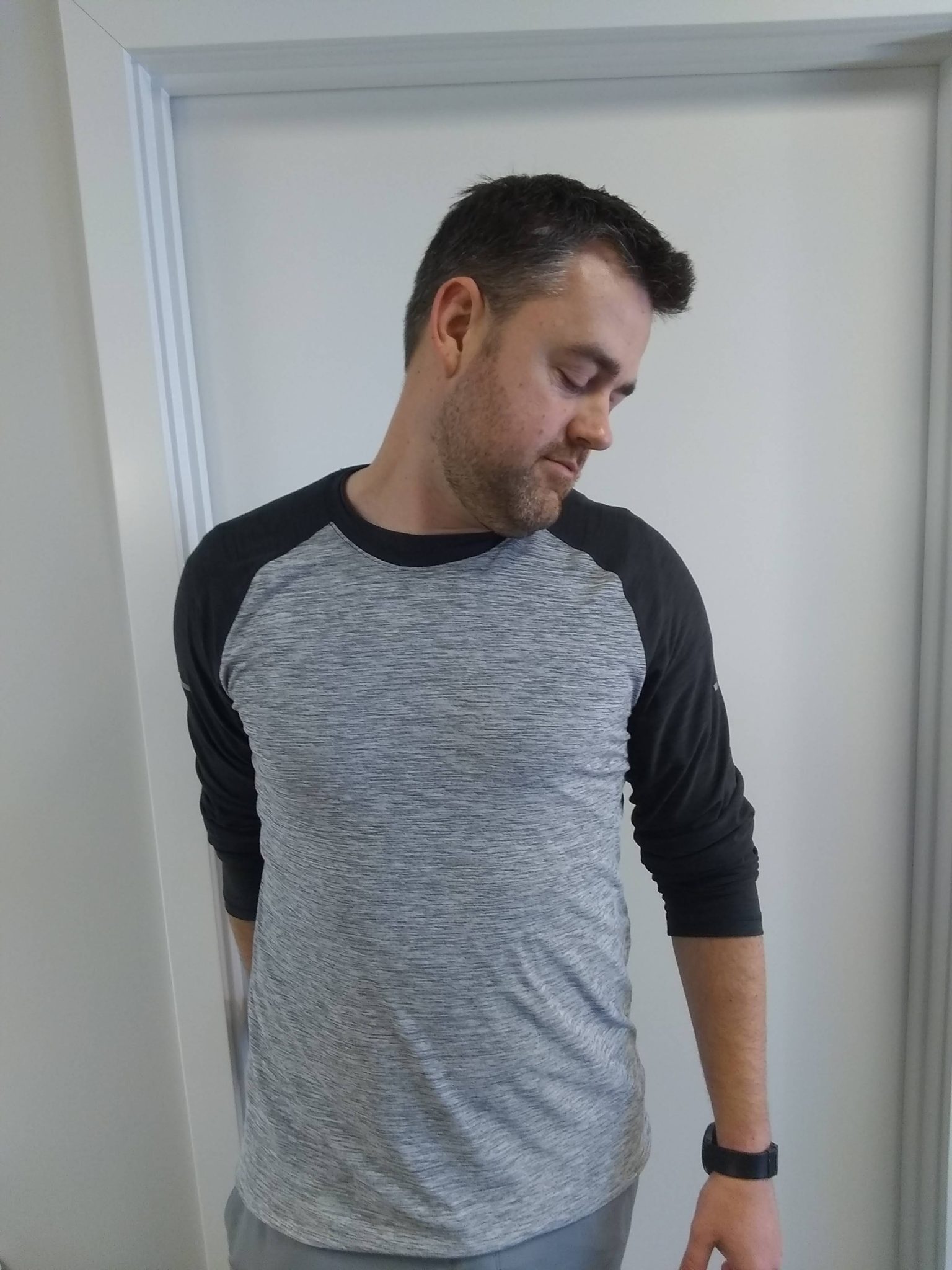
Noes Stretch Down Position
Cervical Retraction “Chin Tucks”
This stretch can be done from sitting or lying on your back. Sit with your feet flat on the floor, your shoulders down and back, your head facing forward and aligned with your shoulders so you’re looking straight ahead, and your back supported. Whether you’re lying or sitting, bring your head straight back so your ears are directly over your shoulders and you feel stretching in the back of your neck. Think of it as if you were trying to give yourself a double chin, or someone was standing too close to you and you wanted to back up but there was something behind you. Once you feel the stretch, slightly look down to give a stronger stretch. When doing this while lying down, only press your head back hard enough to feel a stretch. It doesn’t have to be as hard as you can push.
How long and how often should this stretch be done?
These stretches should be done be doing repetitions rather than a static hold. Hold each position for 1-2 seconds and do 15-20 repetitions per side. You can do these stretches 7 days per week without worrying about stretching too much. They should especially be done if it eases your symptoms.
Additional Resources
Visit our books page to get more information about stretching, exercise, and wellness. We also have a YouTube channel with videos descriptions for these stretches and more.

